Asprinio vines stretch into tall, lush green curtains of foliage, weaving through elms and poplars, and reaching up to fifteen meters high. Harvesting these grapes is a unique endeavor, requiring specialists skilled in climbing to reach the lofty clusters.
I call them curtains of grapevines, because at the peak of their vegetation these tall vines resemble drapes of lush green foliage adorned with bunches of grapes that hang like sparkling yellow jewels. These vineyards, found in the town of Aversa in the province between Caserta and Naples, are dwindling in number. Only a handful of dedicated producers strive to preserve them. These monumental tree-lined vineyards of Asprinio, an ancient white grape variety, are trained in the ‘vite maritata’ system, using poplar or elm trees for support—a method inherited from the Etruscans.

The History of Asprinio
Asprinio is notably characterized by its sourness. It found its ideal land in Aversa, a territory that in ancient times was known as Liburia. History indicates that the native wild vines that were already present in the area were domesticated by the Etruscans from around the 9th to the 5th centuries B.C. This period marks the height of Etruscan civilization, during which they established settlements and exerted influence over much of central Italy, including parts of Campania where Aversa is located.
Various information have been evidenced by documentations regarding Asprinio as a vine and its vinification in the northern part of Naples from the 15th century. One of those is the notarial deed from 1495 for the rental contract of a farm in which included the supply of two jars of wine to the owner, one of which was Asprinio. And another document dating 1584 which reports the income of 332 ducati for the production of 103 barrels of wine as cited by Italian writer Giacintio Libertini in his book on the town of Caivano.
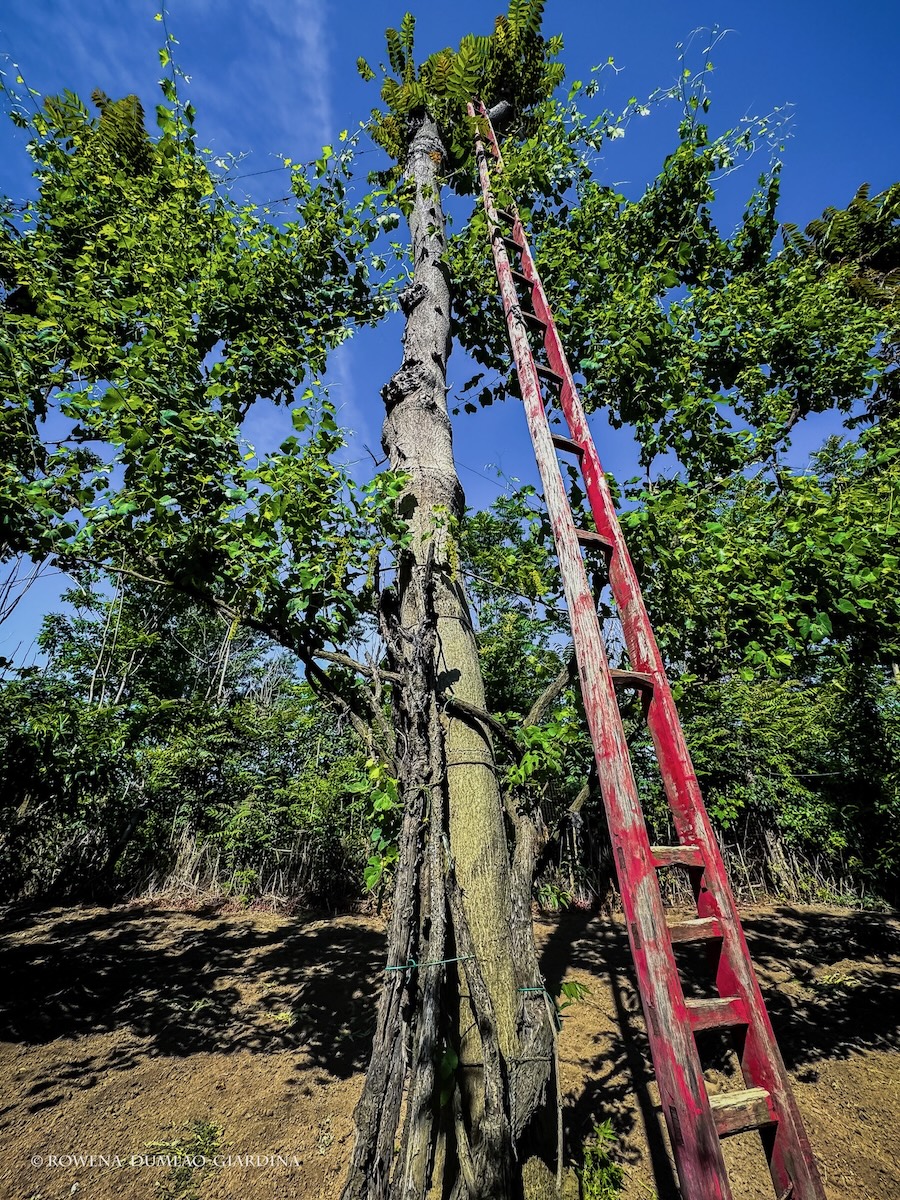

Although some wine experts have argued that Asprinio is related to the family of Pinot and was introduced to the Neapolitan region during the French domination in the 19th century, result of molecular analysis has confirmed that Asprinio is not related to any foreign grape varieties. Instead, it revealed that Asprinio is similar to Greco di Tufo, another grape variety from the Campania region.
Alberata dell’Asprinio
Alberata is a growing method for Asprinio grapevines that dates back to the Etruscan period. Vines are grown on monumental tree-lines, using poplar or elm trees to support their vertical growth, sometimes reaching heights of up to 15 meters. This technique allows the grapes to receive maximum sunlight while providing shade and protection to other crops planted between the widely spaced vine rows. Thus, the land used for cultivation in ancient times was maximized despite the limited space.
Currently, only 32 hectares of vineyards in Aversa are dedicated to the alberata growing method. These vines, mostly over a century old and ungrafted, have survived the phylloxera attack due to the sandy and volcanic soil in the region. Gilda Martusciello of Salvatore Martusciello, a wine producer of Asprinio says that this tradition has persisted thanks to the dedicated efforts of farmers and families committed to keeping it alive. However, the meticulous work required to maintain and harvest these vineyards has led newer generations to abandon the tradition in favor of other occupations. Additionally, these tall vineyards are vulnerable to climatic challenges, such as being uprooted by strong storms. It takes an average of 60 years for them to grow into fully productive vines that reach 10 meters in height.
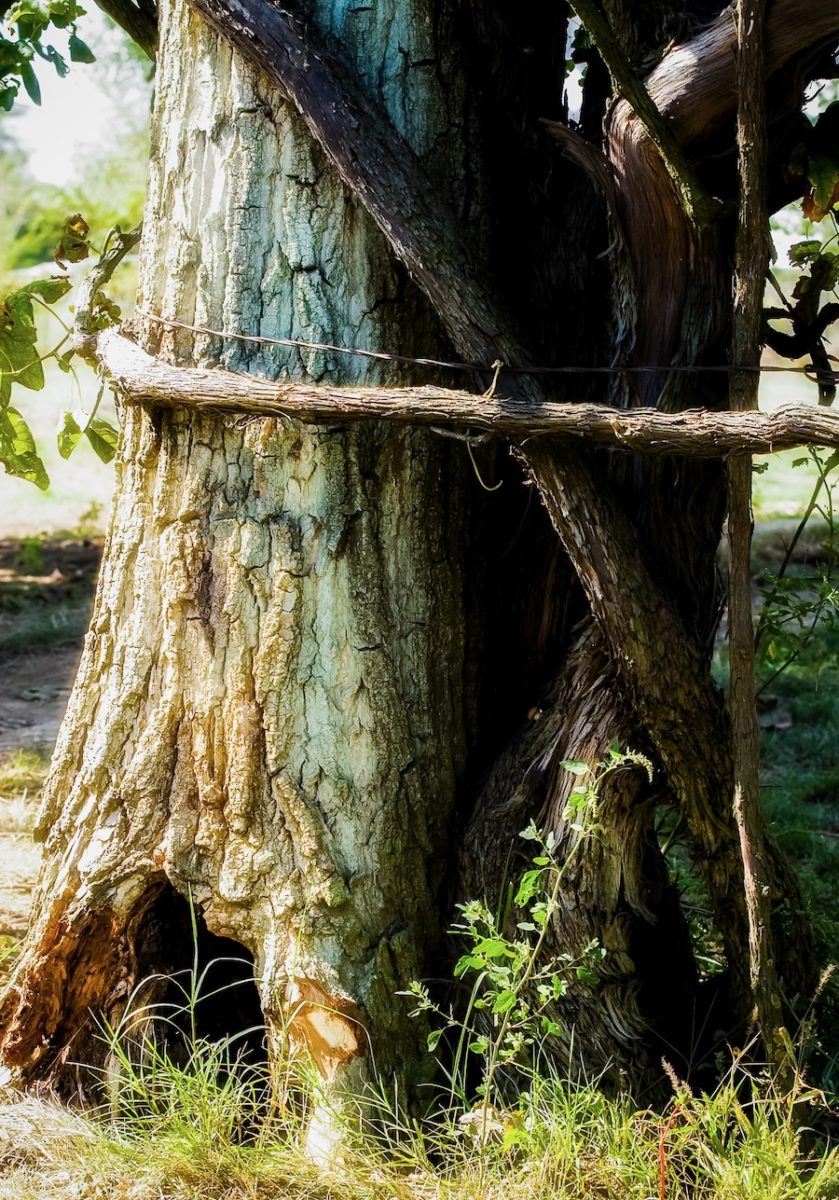
The Peculiar Harvesting Method of Alberata dell’Asprinio
With vines reaching heights of 10 to 15 meters, the question arises: how are the vines pruned and the grapes harvested? All operations, from pruning to harvesting, are conducted on tall and narrow ladders called “scalillo”. They are 20 centimeters wide and 18 meters high, weighing 70-80 kg. These ladders are custom-made for each individual, ensuring the rungs fit the user’s folded leg perfectly for a stable hold. Skilled workers, known as “vilignatori,” maneuver with great expertise and balance at significant heights, keeping both hands free to tear away the grape bunches without shears and fill their pointed wicker baskets, called “fescina”. The scalillo can be moved using the shoulder, arms, or rested on the ear to maintain balance and listen to its vibrations.
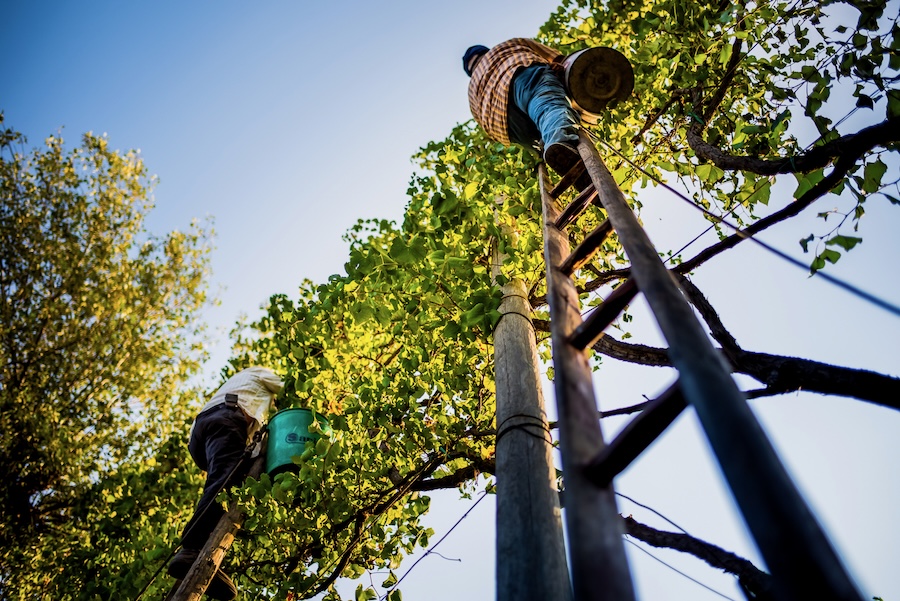
Certainly, this is one of the most challenging harvests known to man. The work involved with these plants is difficult for several reasons. Over the years, the number of vilignatori in Aversa has dwindled, as this manual skill, traditionally passed from father to son, is increasingly being abandoned by the younger generation in favor of other occupations. the manual skills and knowledge required for this work are being lost. Traditionally passed from father to son, this generational transfer is now disappearing, making it difficult to find new workers.
The time required for both maintenance and harvesting is at least ten times greater than that needed for modern vineyards, resulting in significantly higher costs. However, these higher costs are not reflected in the selling price of the grapes, which remains the same regardless of the cultivation method. The solution of some producers of Asprinio is to convert to training methods like espalier or guyot, which are simpler and more profitable. Of course, by doing so, the tradition is lost, and the quality of the grapes for the sparkling wine changes. With the alberata method, grapes harvested from the higher points of the vines have more acidity and less sugar, which are optimal characteristics for production.
Cesare Avenia, President of the Consorzio di Tutela dei Vini Caserta emphasizes, “We should be deeply grateful to all producers who are preserving the Alberata Aversana. As President of the Consortium Vitica, I’m also aware that we should do more to support these producers. They are heroes and are providing a public service making sure that this heritage of the ancient agricultural world continues. They need to be supported and encouraged to continue to develop it in the future. This is our commitment and duty going forward.”
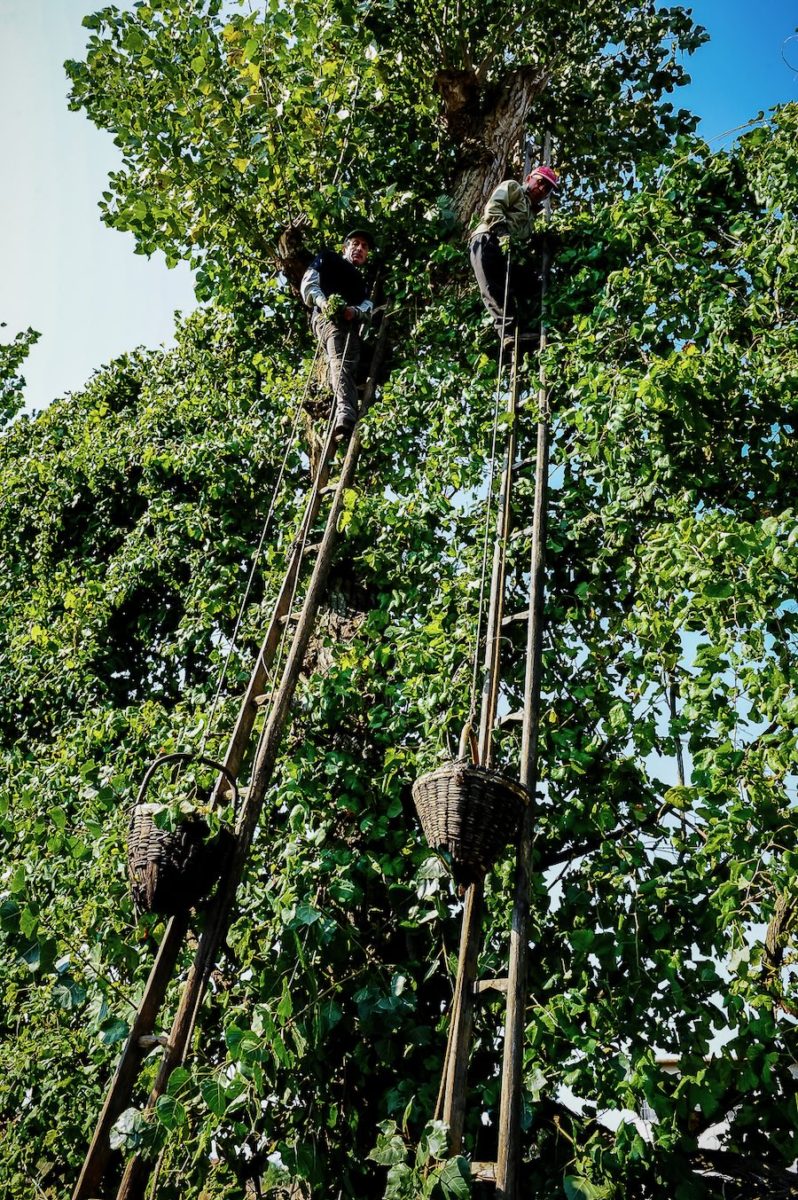
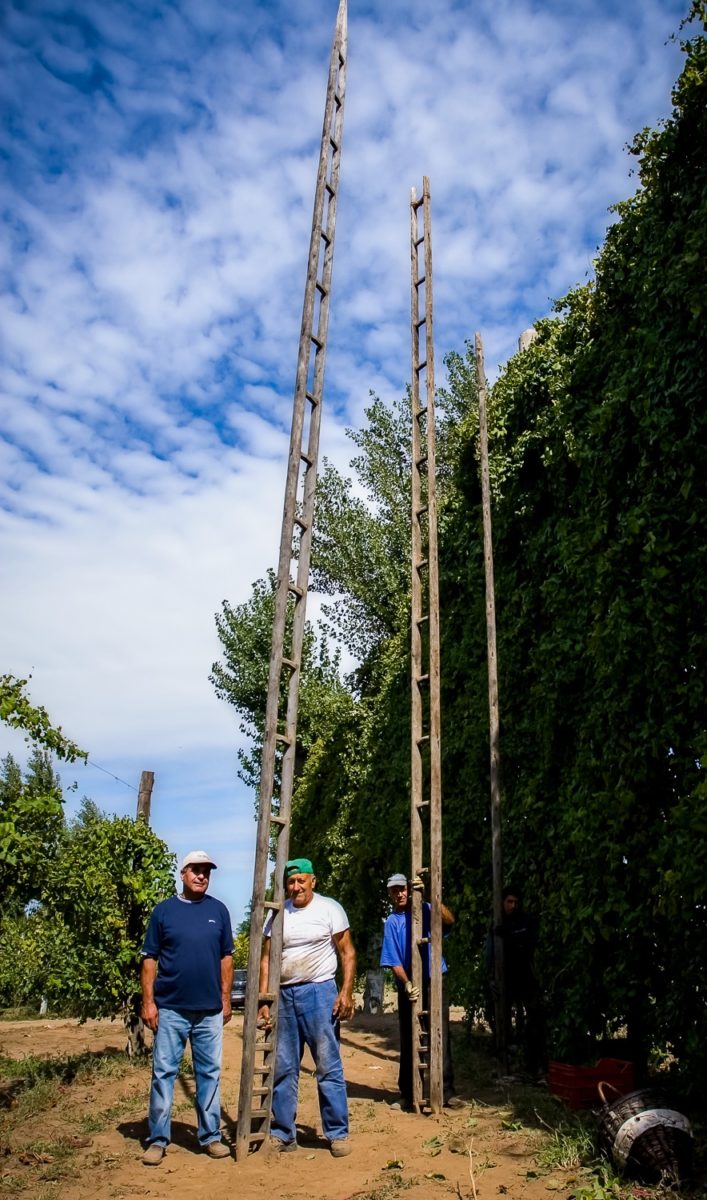
The Wine
Over the centuries, the wines of Asprinio had been highly regarded by important figures for its excellent quality, the most known is Sante Lancerio, the sommelier of Pope Paul III during his pontificate between 1534 to 1559. He served wine from Aversa to the Pope in summer as a healthy drink to quench his thirst before sleeping.
The aromatic profile of Asprinio is characterized by citrus, almond and spicy varietal aromatic notes, due to the presence of terpenes and norispoprenodes. It is a dry white wine characteristic for its acidity and aromatic flavor and often described as lively and light and exceptionally good when vinified as sparkling wine for its natural freshness.
In consideration of the Campania region’s rich culinary heritage, it shows its versatile capacity when paired with seafood especially when seasoned with acidic agents like lemon and vinegar, and it also goes perfectly with the region’s iconic dish the Caprese with mozzarella, sweet tomatoes and aromatic fresh basil.
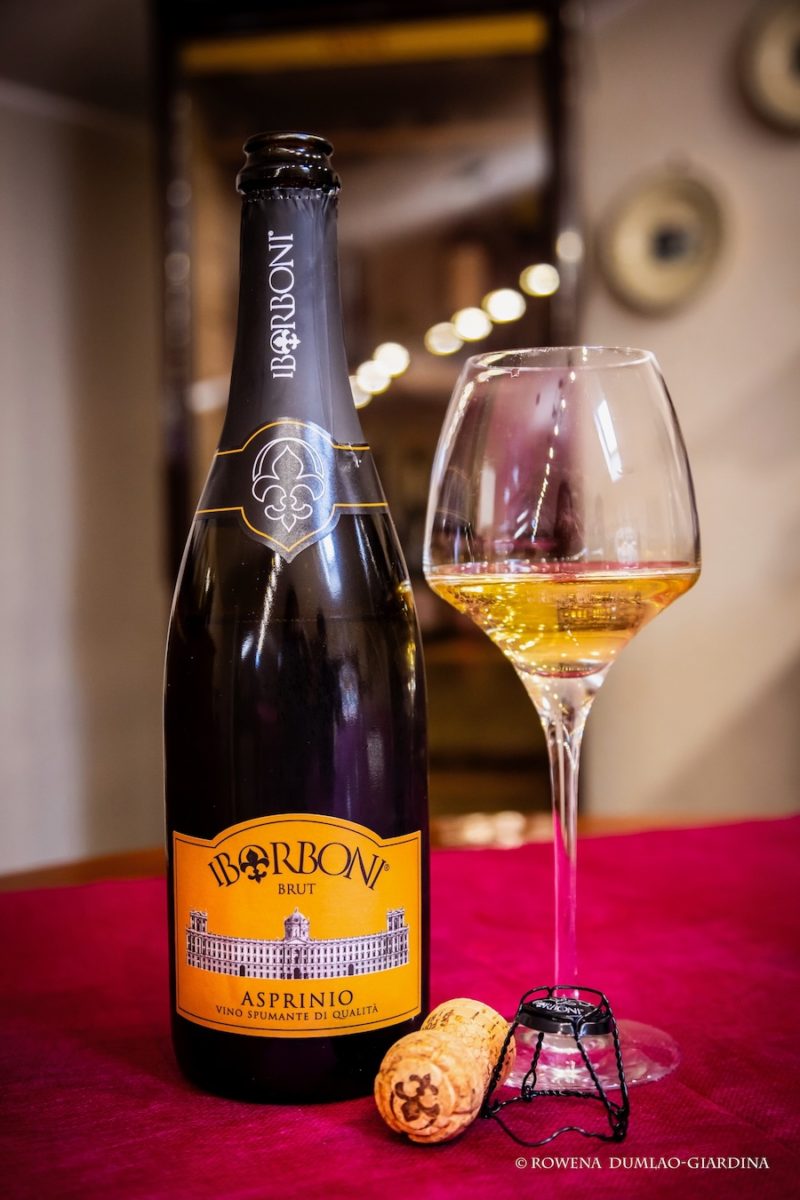
Aversa Asprinio DOC
The production area of Aversa Asprinio DOC is mainly spread out in 22 municipalities in the provinces of Caserta and Naples. The traditional training system provides that vines are trained to poles or around poplar or elm trees and may grow 10 meters in the air, wherein the words “da vigneti ad alberata” or “alberata” may appear on the label only if the grapes come exclusively from vineyards grown with this form of cultivation. In total, there are 70 hectares of cultivation of Asprinio while just less than half of it, at 32 hectares, is dedicated to the alberata training method.
The denomination of Aversa Asprinio DOC was attained in 1993 thanks to the great efforts of people who believed in the grape variety and its ancient tradition like Gennaro Martusciello and Cav. Nicola Numeroso. This allows two versions of vinification: still and sparkling. While the minimum requirement of Asprinio for the still version is 85%, for the sparkling, it has to be in 100%. The wines are straw yellow in color with fruity, dry and fresh characteristics and fine and persistent foam in the sparkling version.
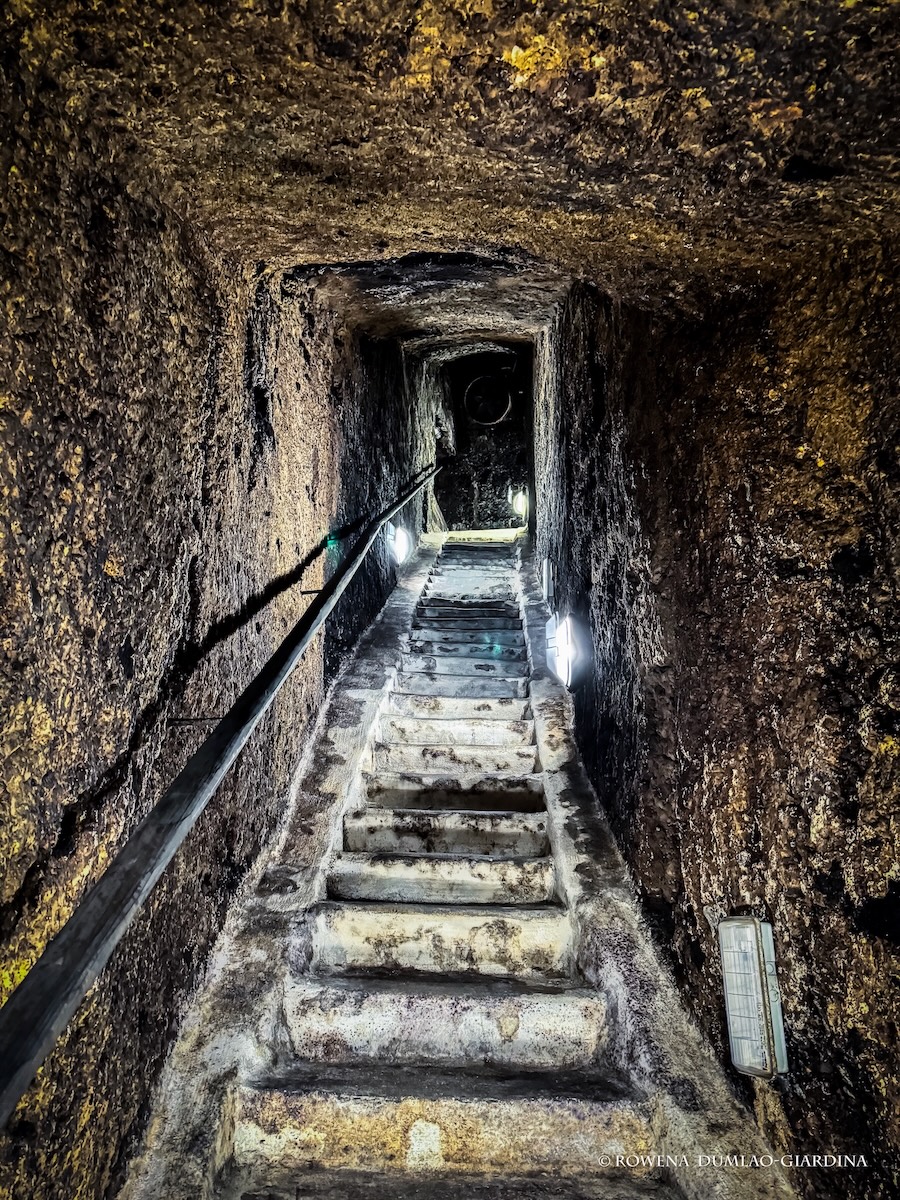
Three Notable Producers of Alberata dell’Asprinio
I Borboni
The I Borboni winery, rooted in the Numeroso family’s legacy, has owned twenty hectares of vineyard land since the late 18th century. Originally, the Numerosos focused on reselling grapes from their “poplar-married vine” cultivation. By the early 1900s, they supplied 100 tons of Asprinio grapes annually to the Buton company for sparkling wines and brandies, to Cirio for vinegars, and a modest amount to French producers for Champagne bases. A pivotal moment came in the early 1970s when they started experimenting with the sparkling wine production from the Asprinio grapes. Brothers Nicola and Raffaele Numeroso were instrumental in their efforts to revive Asprinio in the territory and in attaining the DOC status of the wine. Unfortunately, Nicola passed away in 1992, a year before the denomination was assigned. In 1996, their sons, both named Carlo, began renovating their historic family house in Lusciano, built over a 16th-century tuff cave. They have also restored ancient caves dug 15 meters deep beneath their manor houses.

Currently, the winery, owned now by Carlo and third generation Nicola, produces three notable sparkling wines from their Asprinio with the alberata and sylvoz training methods: Rivolta, an ancestral method sparkling Asprinio (blended with Asprinio from sylvoz training method) with the denomination Terre del Volturno IGP Asprinio Frizzante; Spumante Brut Asprinio V.S.Q. obtained from Charmat method; and Cripto, an exceptional millesimato classic method pas dosé sparkling wine with the denomination Aversa Asprinio Spumante DOC.
Website: https://www.iborboni.it
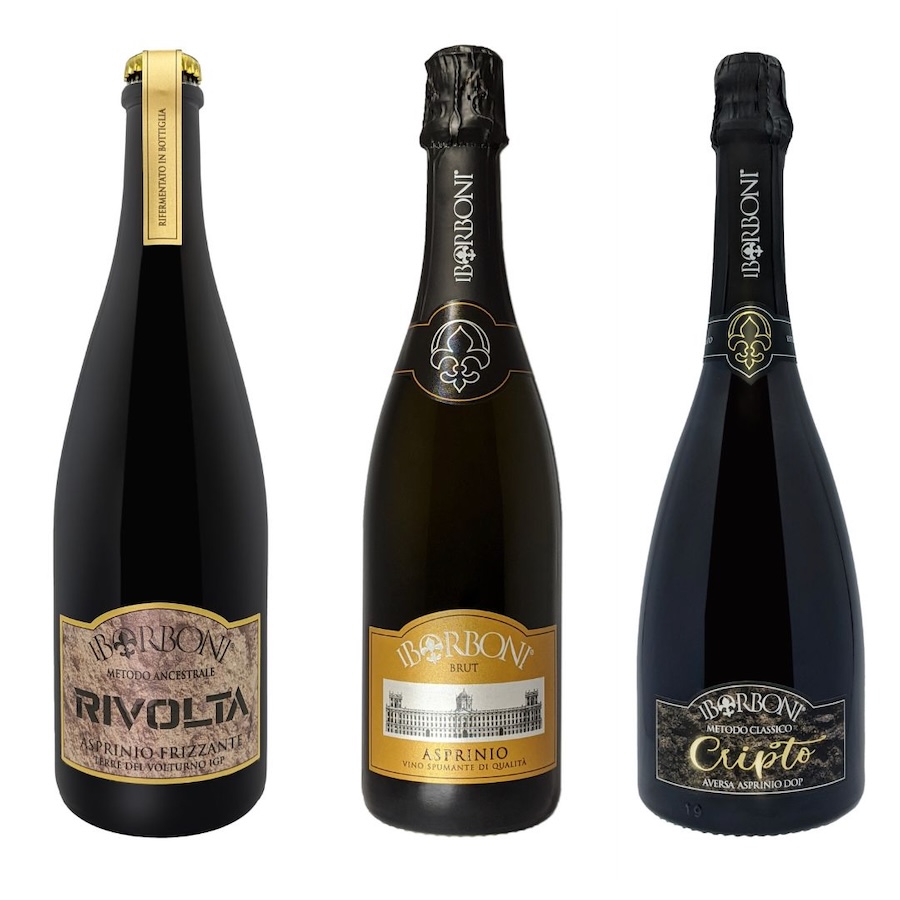
Salvatore Martusciello
Founded in 2015 in Quarto, a municipality in the province of Naples, the Salvatore Martusciello winery was inspired by the vision of Salvatore and Gilda Martusciello with the backbone of an important family history in viticulure. Their vineyards, located in the Sorrento Peninsula, Campi Flegrei, and Agro Aversano, produce wines with ancient traditions that have remained unchanged over time. These are truly wines of persistence, as they like to describe. The Martusciello family, with the great influence of Salvatore’s uncle, Gennaro Martusciallo, who once served as president of oenological association of the Campania region, had been instrumental in bringing alberata dell’Asprinio in the limelight, most especially to its arrival to the important denomination of DOC in 1993.
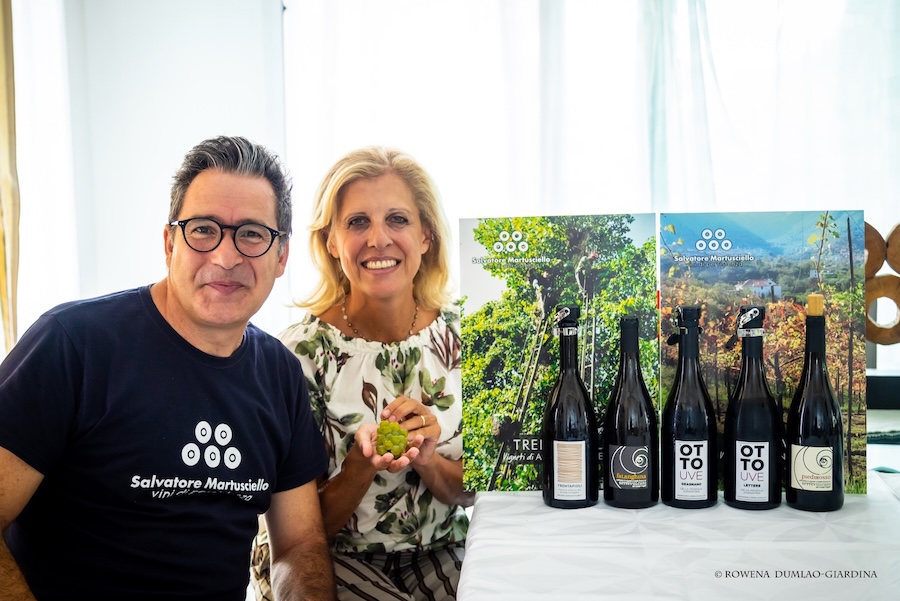
Trentapioli Asprinio d’Aversa DOC is a brut sparkling wine produced using the Charmat method that is exclusively sourced from alberata dell’Asprinio. It matures on its own yeasts in an autoclave for at least 180 days. Because of the distinctive qualities of the vine, it can be enjoyed even after several years.
Website: http://www.salvatoremartusciello.it/

Drengot
Behind Drengot stands Alberto Verde, a young winemaker in his forties who grew up among his family’s tall Asprinio vineyards. The Verde family has been cultivating Asprinio since at least the 1800s, possibly even earlier. Inspired by his grandfather’s old cellar and vineyards, Alberto embarked on a long-term project to establish a winery that would truly honor his land. He believes that Asprinio possesses unique characteristics that distinguish it within the Italian wine scene. After his grandfather’s death in 1990, his father took over managing their ancient vineyard, where the vines are around 200 years old. Alberto’s goal is to produce a high-quality, territorial wine by working exclusively with Asprinio, showcasing its exceptional potential.

With his winery, Drengot, named in honor of the Norman count Rainulf Drengot, who founded Aversa in 1030, Alberto now produces three exceptional sparkling wines from Asprinio grapes sourced from the family’s centuries-old vineyards: Terramasca, Scalillo and Asprinium.
Website: https://www.drengot.com
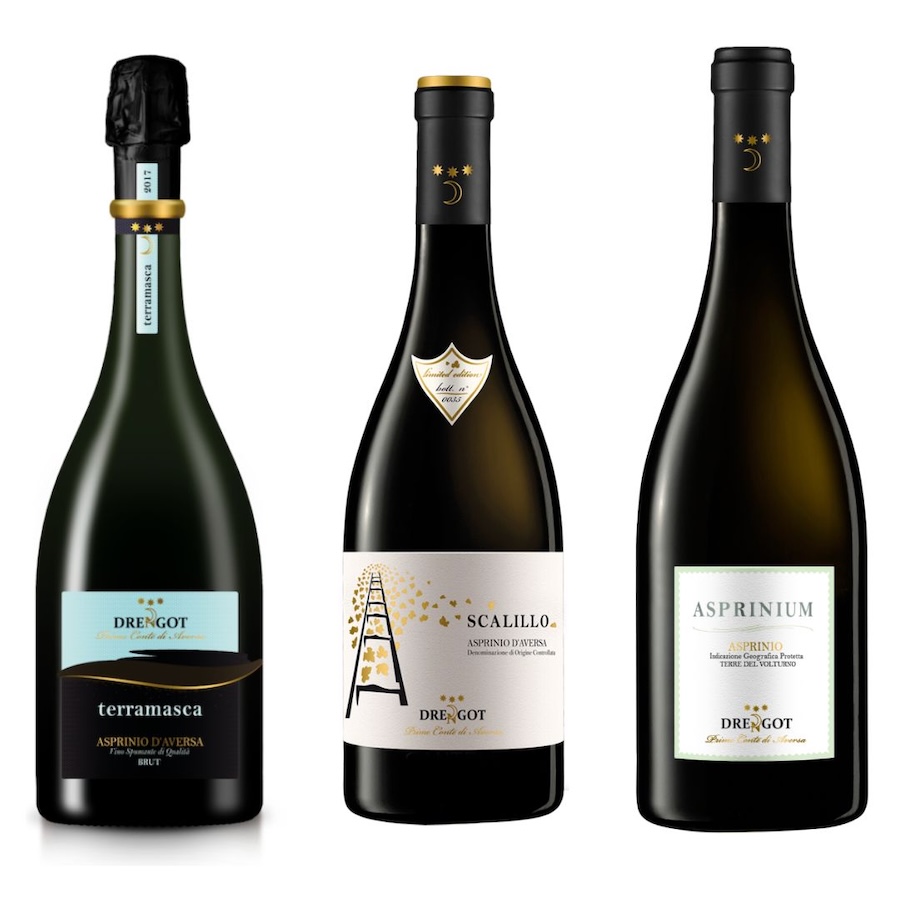















bravissima, ottimo articolo!
Really cool, love the look of these vines!